Mylar blankets, also known as emergency blankets, space blankets, or thermal blankets, are one of the most useful items you can have in your disaster preparedness kit or first aid supplies.
Despite their lightweight and compact design, these reflective sheets of plastic have remarkable properties for retaining body heat and protecting against the elements that can truly make the difference in an emergency situation.
In this comprehensive guide, we’ll take a deeper look at mylar blankets—from their origins in the Space Race to their many diverse applications for survival, safety, and comfort.
By understanding how they work and maximizing their benefits, you’ll gain a new appreciation for this humble piece of foil that just might save your life one day.
A Brief History of Reflective Insulation
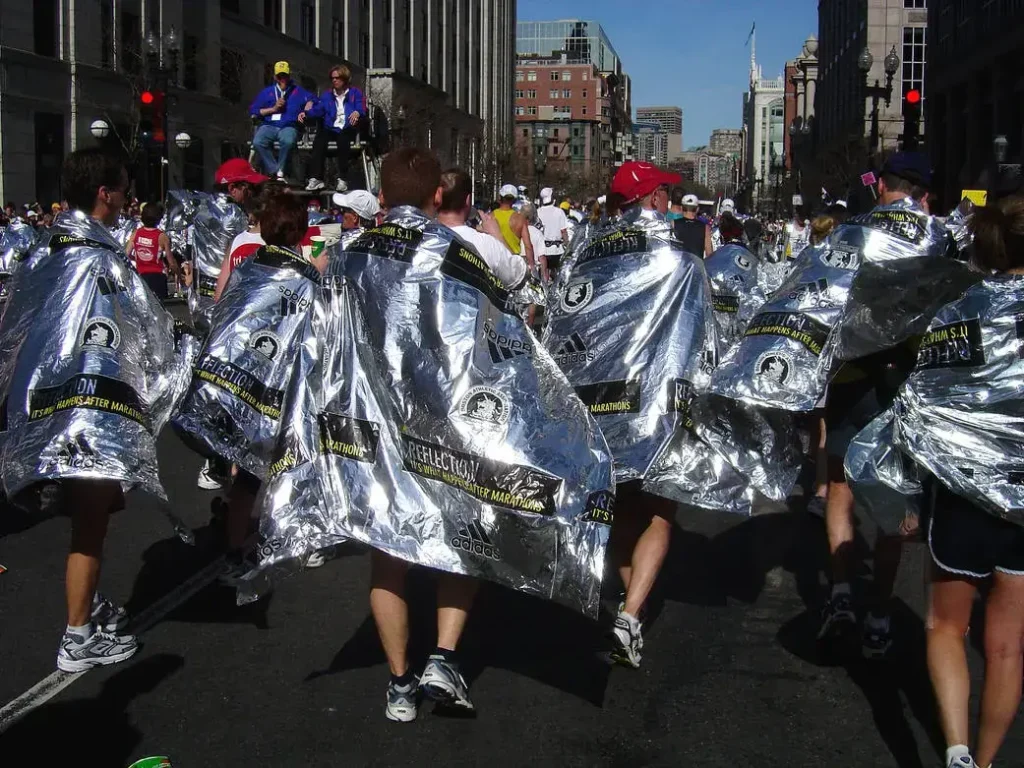
The earliest origination of mylar blankets traces back to NASA’s push to explore space in the 1950s and 60s.
Engineers sought a lightweight, durable material that could withstand temperature extremes while protecting astronauts.
This led to the development of metallized polyester film, more specifically PET film vapor-deposited with a thin layer of reflective aluminum.
DuPont patented this improved heat-reflective plastic under the brand name Mylar in the 1960s.
They supplied the material for use in spacecraft, spacesuits, and other NASA projects to great success.
Astronauts traveling beyond Earth’s atmosphere relied on Mylar to survive in conditions hotter than 250°F and colder than -250°F.
It wasn’t long before emergency responders and the military recognized the potential for adapting NASA’s reflective technology to aid survival on Earth as well.
The compact size and effectiveness of Mylar blankets at retaining body heat made them ideal for first aid kits and disaster response.
Soon, the general public also began using them for hiking, camping, and emergency preparedness situations.
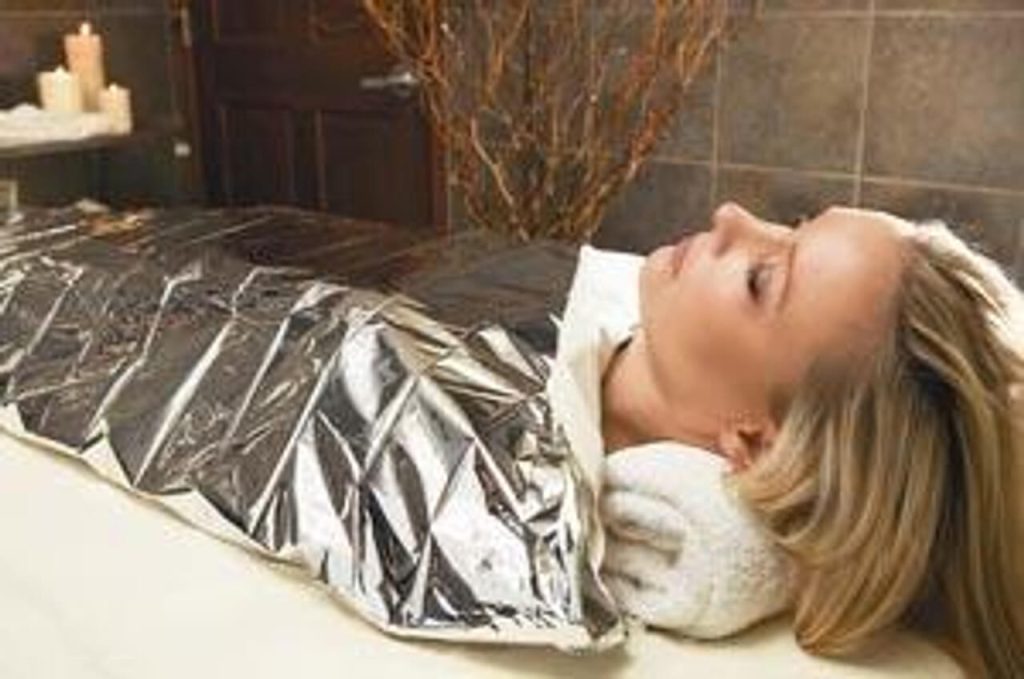
Over the past 50+ years, the production of Mylar blankets has steadily increased to meet this wide demand.
While other brand names exist, the term “Mylar blanket” has become almost synonymous with this vital piece of low-tech survival gear.
Their long heritage of protecting lives in extreme conditions shows no signs of slowing down.
How Mylar Blankets Work Their Magic
To truly understand how Mylar blankets provide such impressive insulation, it’s important to understand the science of heat transfer and thermodynamics.
Our bodies are constantly generating heat through natural metabolic processes.
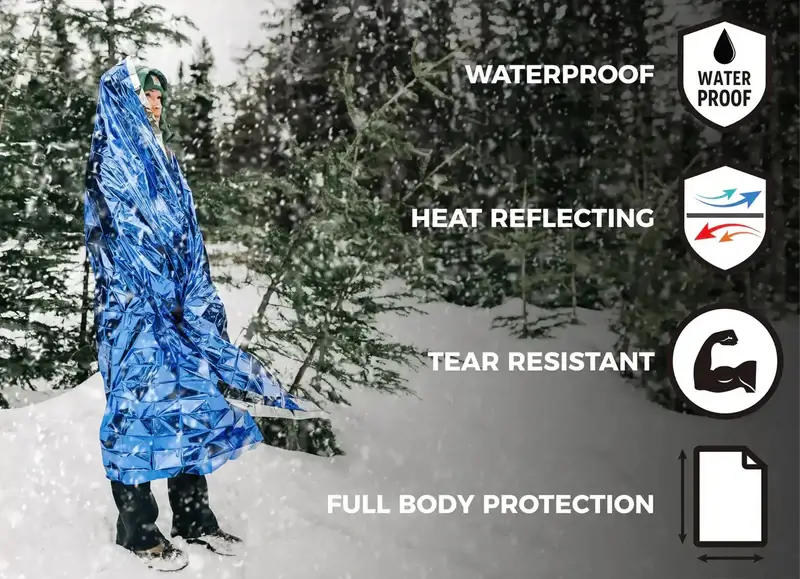
This thermal energy must then be released into the surrounding environment.
There are three primary mechanisms through which heat is transferred:
Conduction
Conduction is the direct transmission of heat from one object to another through direct physical contact.
When two objects at different temperatures touch, heat will flow from the warmer object to the cooler one.
This type of heat transfer occurs through molecular contact.
An example of conductive heat loss from the body would be sitting or lying directly on a cold surface like ice or bare ground.
The body heat is carried away wherever the skin meets this cooler medium.
Convection
Convection involves the transfer of heat by the circulation or movement of fluids like gases and liquids.
As warmer air/liquid comes into contact with a colder surface, heat is exchanged.
Convective heat loss from the human body occurs through exposure to moving air currents like wind.
Warmer air adjacent to the skin is replaced by cooler air which pulls heat away.
The same process happens when immersed in water as circulating currents carry warmth from the body.
Radiation
Radiation is the dominant way our bodies lose heat to the surrounding environment.
It does not require direct contact or the movement of molecules/fluids. All objects radiate (emit) electromagnetic waves as infrared radiation.
The wavelength of the radiation depends on the temperature—the higher the temperature, the shorter the wavelength.
Our body continually emits infrared radiation in the form of heat.
This thermal radiation passes through air and is absorbed by colder surrounding objects like the ground, trees, or atmosphere depending on their emissivity.
The rates of heat transfer through these mechanisms depend on factors like surface area, temperature difference, insulation, and environmental conditions.
However, even on a calm day radiation accounts for around 60% of the total heat loss from a normally clothed person.
At night, this increases to over 80% as there is less heat absorbed through sunlight.
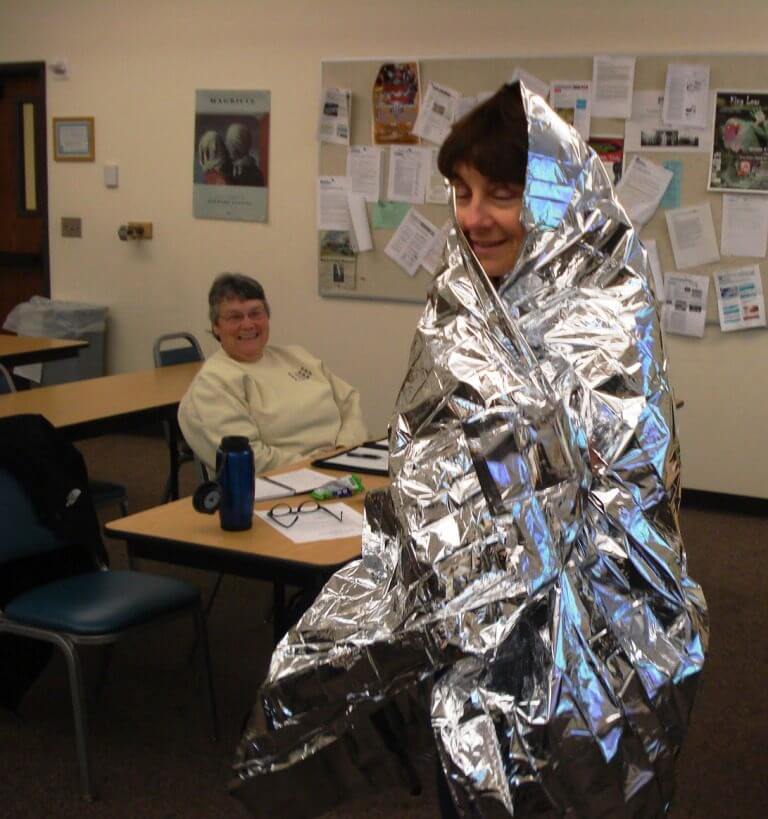
Our insulation and any protective barriers must therefore focus on minimizing radiant heat loss if we want to maintain a safe core temperature.
This is where mylar blankets excel. The aluminized surface of the plastic has been vapor-deposited to give it a unique property—it reflects over 80-90% of infrared radiation.
When wrapped in a mylar blanket, the majority of the heat radiated from our skin is bounced back towards our bodies rather than escaping into the cooler surrounding air.
In effect, it creates a temporary microclimate with improved insulation while trapping our precious warmth.
By reflecting radiated heat so efficiently, the mylar blanket also passively prevents further heat loss through convection and conduction mechanisms.
The radiant barrier serves as an extra insulating air gap, slowing warm air movement next to the skin.
It minimizes direct contact with environmental triggers that can wick body heat away rapidly like snow, rain, or bare soil.
All this from a humble sheet of plastic shows the remarkable engineering achieved through practical material science applications.
Multiple Uses for Mylar Blankets
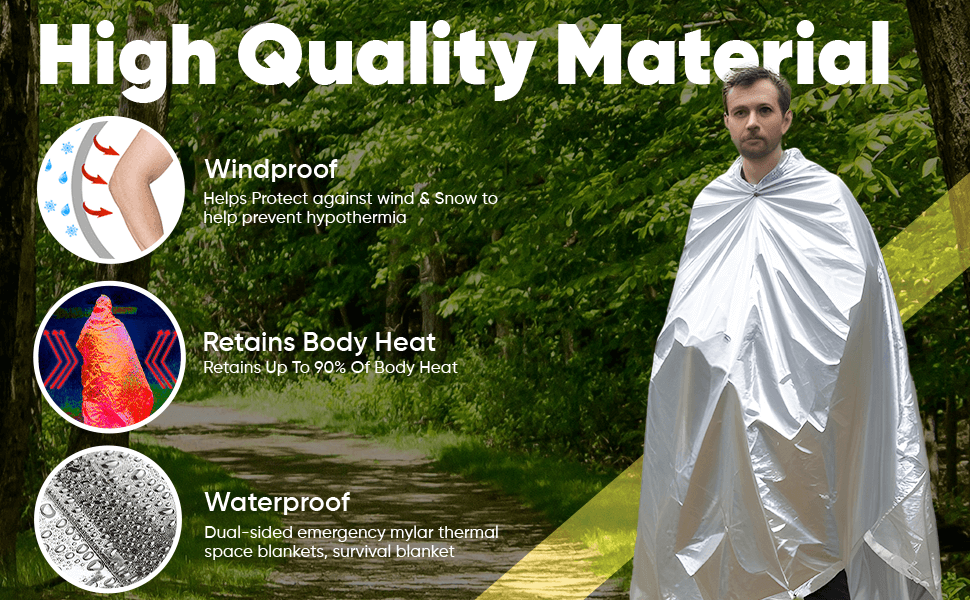
While their origins lie in aerospace and emergency preparedness, the versatile reflective properties of Mylar blankets have found many innovative applications:
Emergency Shelter
In harsh weather with no other options, draping several blankets can create a windproof and rainproof shelter. Stake the edges for stability.
Ground Insulation
Placed under a sleeping pad or bag, it adds an extra layer of reflective insulation for camping. Great for cold-weather backpacking.
Car Safety
Every vehicle should have one or two blankets tucked in the trunk in case of breakdowns on isolated roads.
Construction Materials
Contractors and renovators use them as a radiant barrier under roofing/siding to boost energy efficiency of new homes.
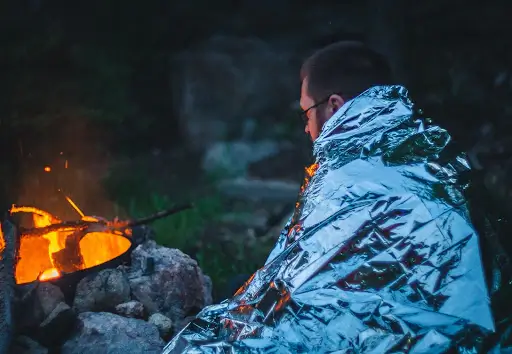
Solar Cooking
Line a box with a blanket to focus the sun’s rays for boiling water or cooking meals when fuel is scarce.
Outdoor Recreation
Hunters, hikers and others spend nights outdoors and use them as a convenient backup if caught in heavy rain or snow.
First Aid Supplies
Having blankets readily available means medical staff can treat hypothermia or prevent further heat loss from injuries quicker.
DIY Crafts & Projects
The reflective sheeting has all sorts of unexpected uses from costumes to solar light crafts if your creative juices start flowing!
As you can see, with some imagination mylar blankets offer far more versatility than their compact size implies.
Their low cost and near infinite shelf life also make them an excellent prep for unforeseen needs big or small.
Choosing the Right Mylar Blanket
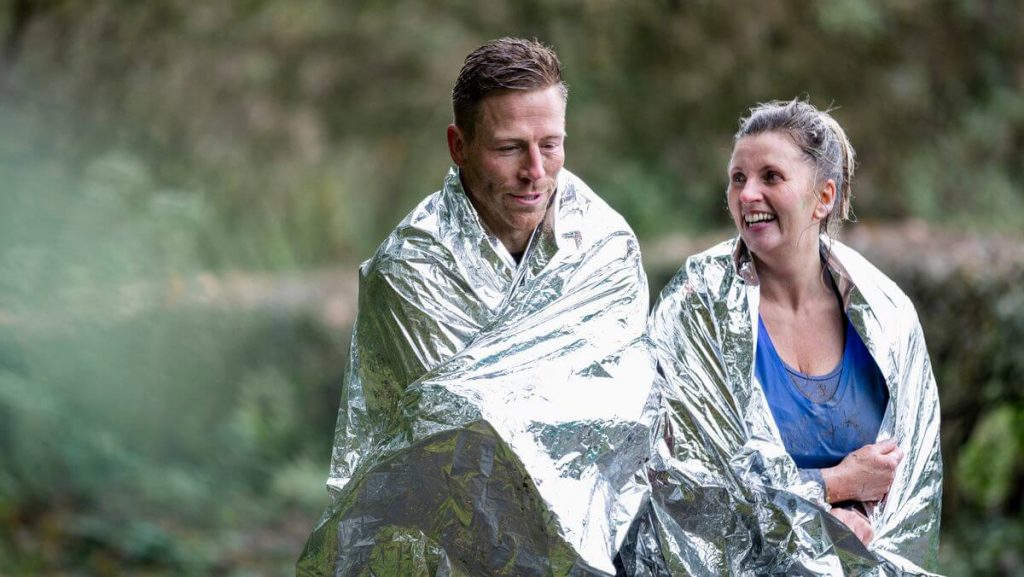
When selecting mylar blankets, there are a few factors to consider for your specific purposes:
Size – Standard blankets measure around 52″ x 84″ for adequately covering an adult. Bivy sac designs add a hood.
Thickness – Heavier blankets like 5.0 mil provide superior insulation but are bulkier to carry. Consider 3.0 mil for hiking backpacks.
Seams – Fully sealed blankets better resist tearing or punctures. Some have reinforced seams along the edges.
Quantity – For emergency kits, 3-5 blankets allow layering, covering others or improvising shelters.
Storage – Properly stored in a dry bag or sealed container, blankets can last indefinitely without degrading.
Brands – Reputable brands consistently manufacture blankets using high-quality aluminum-coated mylar film.
With a variety of situations in mind, selecting a few well-made blankets in suitable thicknesses gives you a lightweight insurance policy for any conditions Mother Nature throws your way. An investment that could prove invaluable if SHTF.
Maximizing the Benefits of Mylar

While remarkably effective at retaining body heat given their simple design, there are some limits to keep in mind with mylar blankets:
- Not Self-Heating – They reflect radiated heat but do not generate any source of warmth on their own.
- Wind Protection – Thin blankets offer minimal shelter from very strong gusts without additional barriers.
- Disposable – Though durable, they can tear or puncture more easily than thicker fabrics if abused.
Here are some tips to optimize heat retention when using a mylar blanket:
- Layer for Insulation – Wear several layers of clothing underneath for trap air pockets.
- Create an Air Gap – Tuck the edges of the blanket snugly around your body without direct contact.
- Double Up – Wrap a second blanket around the enclosed space for increased reflectivity.
- Seek Shelter – Use natural windbreaks like trees or the blanket draped over low bushes if exposed.
- Hydrate Beforehand – Drink water to raise your core temperature and reduce susceptibility to hypothermia.
Always keep the limitations in mind but by taking the small effort to properly utilize a mylar blanket’s properties, you can dramatically improve warmth, comfort and survivability in many harsh conditions both expected and unexpected.
Staying Prepared with Mylar
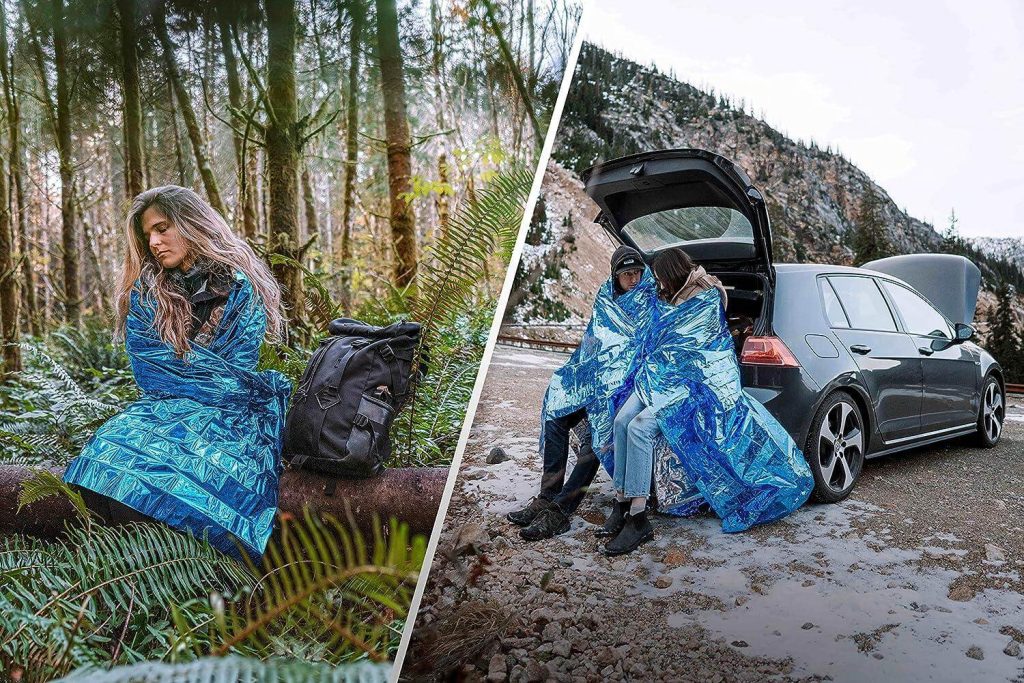
Hopefully this guide has provided a newfound appreciation for the deceptively simple yet profoundly useful mylar blanket.
With some understanding of how they work and minimal additional supplies, you can feel much more prepared facing all sorts of cold weather emergencies from overnight outdoor activities to natural disasters.
Be sure to tuck a few good quality blankets into your:
- Vehicle emergency kits
- Outdoor gear like backpacks
- Home disaster supplies
- First aid kits
You may even consider creative locations like attaching one inside a shed, garage or under the kitchen sink for spontaneous needs. Their lightweight compressibility means blankets take up very little storage space either.
Always remember that even with the best thermal protection, situational awareness, proper training and common sense are your strongest assets in any survival scenario.
But with a little foil wrapped survival know-how, you’re giving yourself a strong fighting chance should trouble arise.
Stay warmed and stay safe out there with your mylar blankets!

